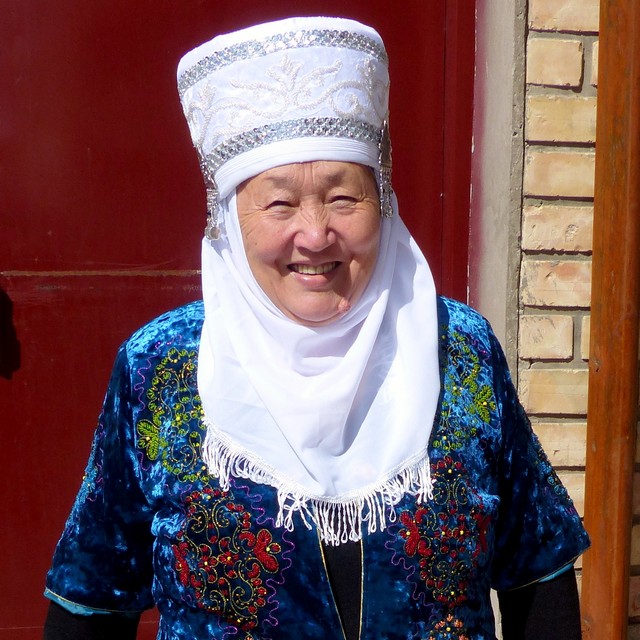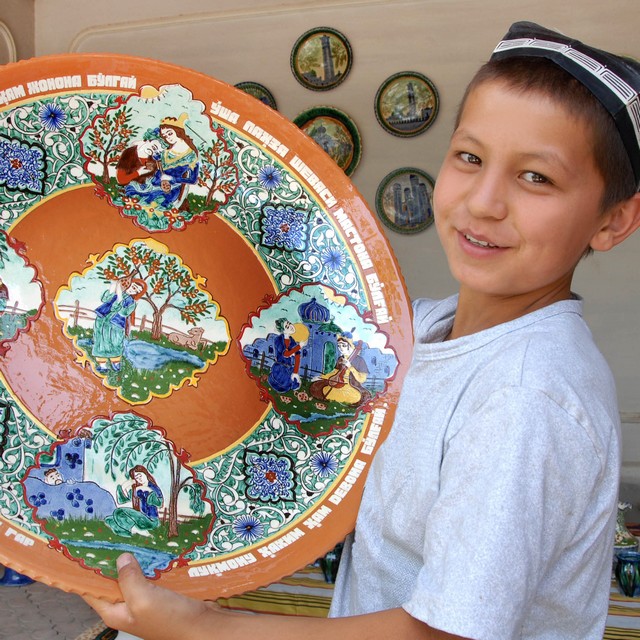
Journey Through The 4 Stans
Kazakhstan, Kyrgyzstan, Tajikistan, Turkmenistan
Culture | Archaeology | Silk Road
History and landscapes of the Stans beyond Uzbekistan
£3,995 pp
This is the per person group tour price, based on 2 sharing. The price is subject to change with exchange rate and flight cost fluctuations.
18 days
2026:
07 September
More
